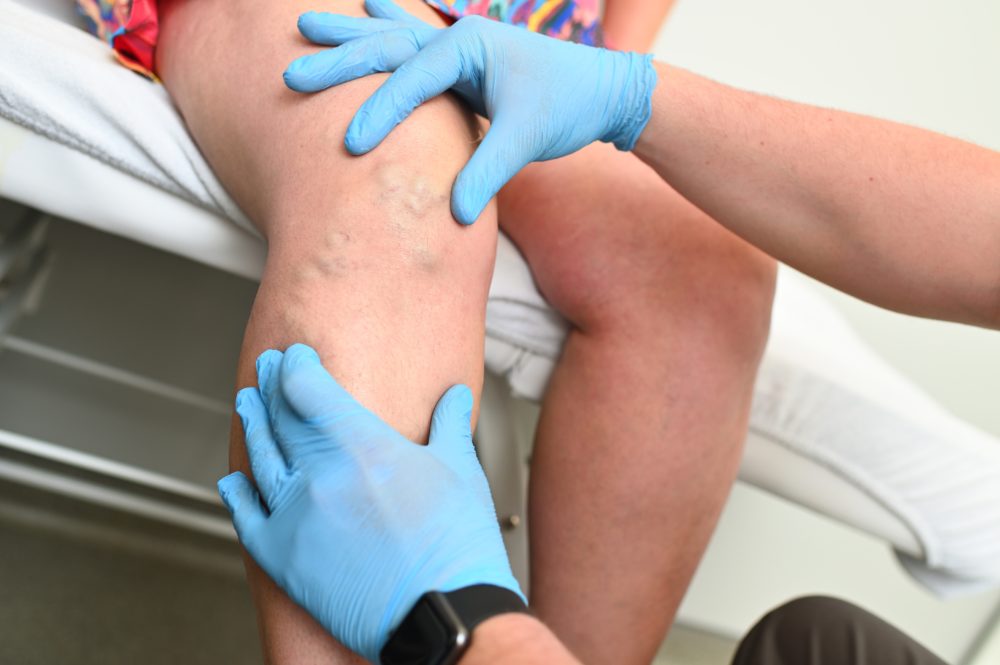


By Nancy Morgan, RN, BSN, MBA, WOCN
Each month Nancy Morgan Wound Care brings you a tool you can apply in your daily practice Support Resources:
Infographics: Body Fold Management
Online Course Available: Wound Care Essentials- Skin Assessment
Description
Here’s an overview of performing a comprehensive skin assessment.
In the healthcare setting, a comprehensive skin assessment is a process in which the entire skin of a patient is examined for abnormalities. It requires looking at and touching, smelling, listening to the skin from head to toe, with a particular emphasis on bony prominences and skin folds. Comprehensive skin assessment is performed within 8 hrs. of admission/or first visit with patient and repeated on a regular basis to determine whether changes in the skin’s condition have occurred. The goal of a skin assessment is to identify problem areas promptly for treatment and prevention. The answers to the questions below will help ensure your skin assessments are truly comprehensive.
Take advantage of every patient encounter to evaluate part of the skin. Each time the patient is repositioned is an opportunity to conduct a brief skin assessment.
How do I do the assessment?
Remember that you can combine the skin inspection with other assessments.
Explain to the patient and family that you will be looking at his or her entire skin and explain the purpose—to identify potential problems.
Perform the assessment in private.
Minimize exposure of body parts during the skin assessment.
Conduct a systematic, head-to-toe assessment, with particular focus on skin overlying bony prominences, such as the sacrum, ischial tuberosities, greater trochanters, and heels.
Check skin folds, between fingers and toes, and under and around medical devices for skin integrity.
Include the factors detailed on what to include in every skin assessment.
Document the findings of all skin assessments for communication and tracking.
Selected References
Onselen, Julie Van. Skin assessment and the language of dermatology. (2016, Feb. 10). Nursing in Practice. Retrieved from https://www.nursinginpractice.com/clinical/dermatology/skin-assessment-and-the-language-of-dermatology/
Zulkowski, Dr. Karen, D.N.S., RN. (2017, Sept. 5). Conducting a Comprehensive Skin Assessment. Montana State University. Retrieved from https://www.youtube.com/watch?v=L1OpaWDAv_A
Nancy Morgan RN, BSN, MBA, WOCN is an experienced clinician, successful business leader, and accomplished nurse educator in the field of wound management. She is the co-founder of the Wound Care Education Institute, (WCEI®), Wild on Wounds Productions; and, most recently established Nancy Morgan Wound Care offering innovative, educational resources including seminars, webinars, social media and wound care marketing tools to assist and support wound care clinicians at the bedside. Nancy is one of the most distinguished wound care educators, delivering nearly 1200 lectures, conference keynote addresses, seminars, webinars, and bedside consultations during her career.
Information is courtesy of Nancy Morgan Wound Care, copyright 2022.